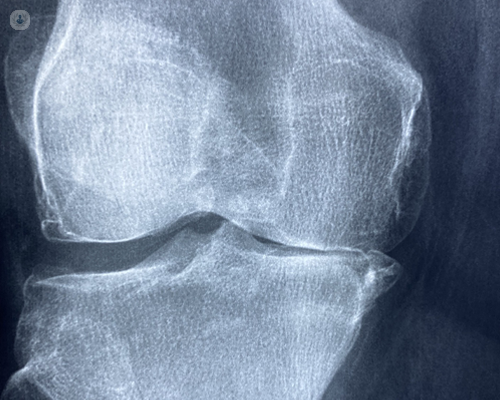What is an orthopaedic trauma?
Autore:Orthopaedic trauma refers to severe injuries to the musculoskeletal system, including bones, joints, ligaments, muscles, and tendons. These injuries typically result from accidents or events involving high impact, such as car accidents, falls from significant heights or sports-related incidents. Orthopaedic trauma can range from simple fractures or dislocations to complex injuries involving multiple broken bones and damaged soft tissues.
Leading consultant orthopaedic surgeon Mr Ahmed Magan takes a detailed look at orthopaedic trauma in this article, considering diagnosis and treatment alongside recovery and rehabilitation In expert detail.

What are the common types of orthopaedic trauma?
- Fractures: Breaks in the bone that can be simple (where the bone remains aligned) or complex (where the bone is shattered or displaced).
- Dislocations: When a bone is forced out of its normal position in a joint, often requiring urgent medical intervention to reposition it.
- Soft tissue injuries: Damage to muscles, ligaments, or tendons, often accompanying fractures or dislocations.
- Complex trauma: Injuries involving multiple bones, joints or soft tissues, often requiring comprehensive and multi-stage surgical interventions.
What’s involved in diagnosis and treatment?
Orthopaedic trauma is typically diagnosed through physical examination, imaging studies like X-rays, CT scans or MRIs, and sometimes more specialised tests. Treatment varies depending on the severity and complexity of the injury:
- Non-surgical treatment: Includes casting, bracing or splinting to immobilise the injured area, allowing the bone or soft tissue to heal naturally.
- Surgical treatment: May involve internal fixation (using metal plates, screws, or rods to stabilise the bone) or external fixation (using a frame outside the body to hold bones in place).
All about recovery and rehabilitation
Recovery from orthopaedic trauma can be a lengthy process, requiring physical therapy to restore strength, flexibility, and function. In cases of severe trauma, rehabilitation may include specialised exercises, occupational therapy, and sometimes additional surgeries to address complications or optimise recovery. Regular follow-ups with an orthopaedic specialist are crucial to monitor healing and ensure the best possible outcome.
Orthopaedic trauma is a critical area of medicine that requires prompt and specialised care to restore function and minimise long-term disability.
If you’re looking for expert assistance regarding an orthopaedic trauma, arrange a consultation with Mr Magan via his Top Doctors profile.


